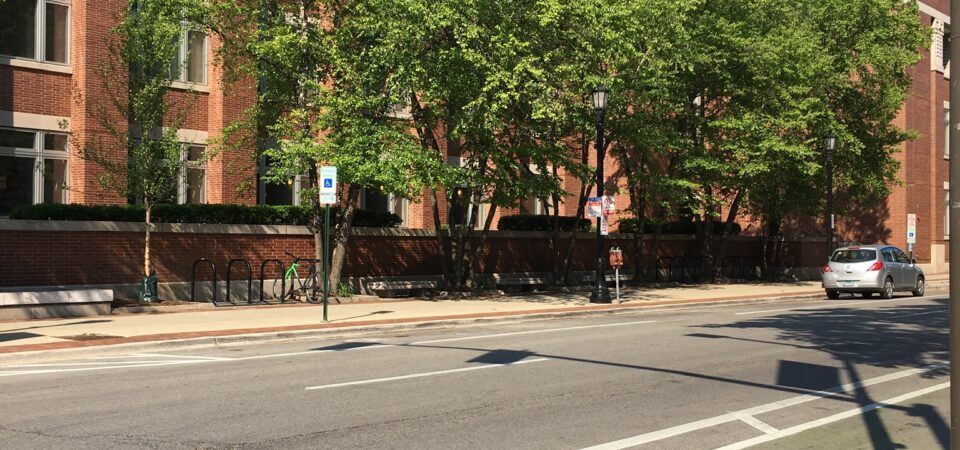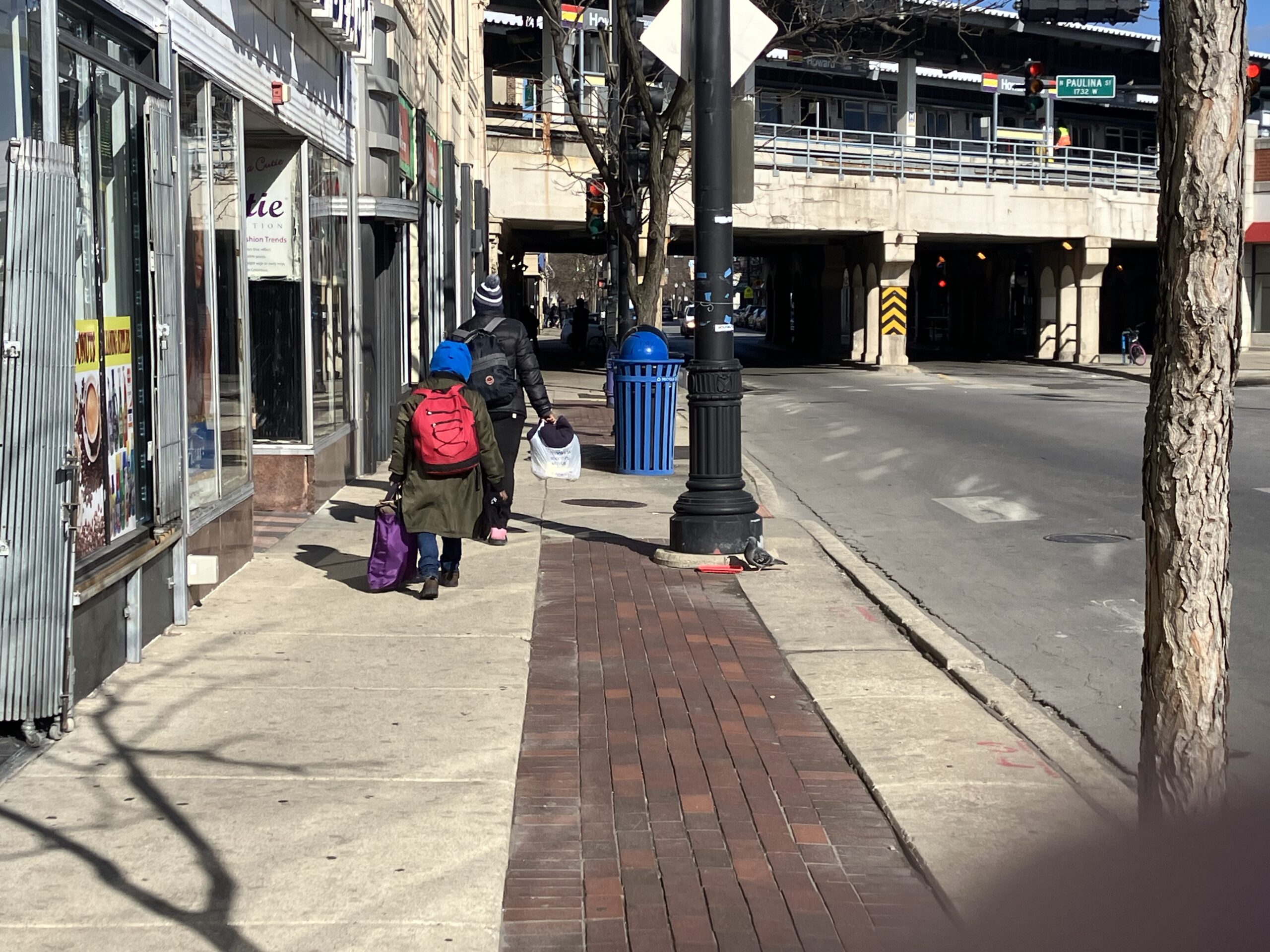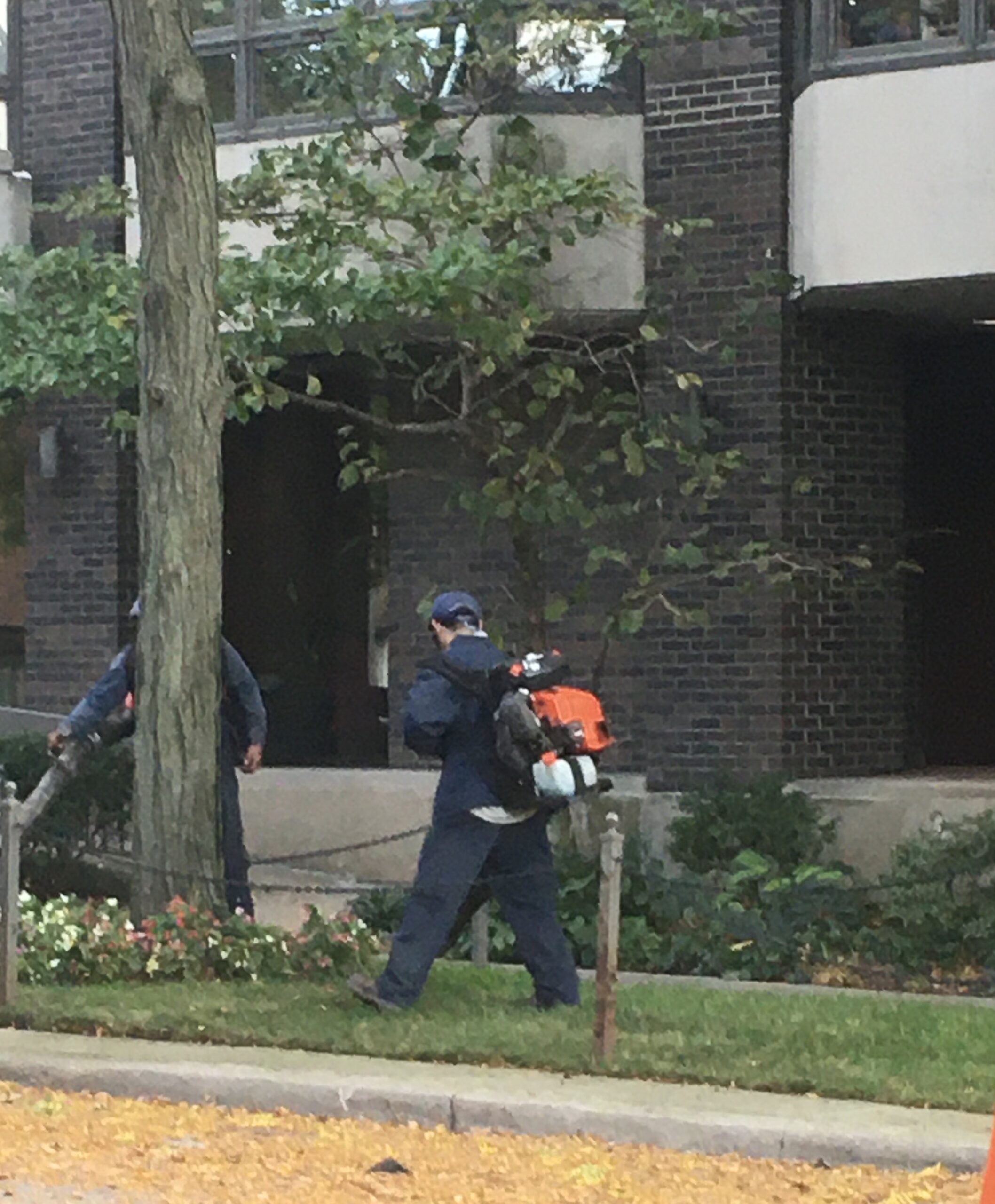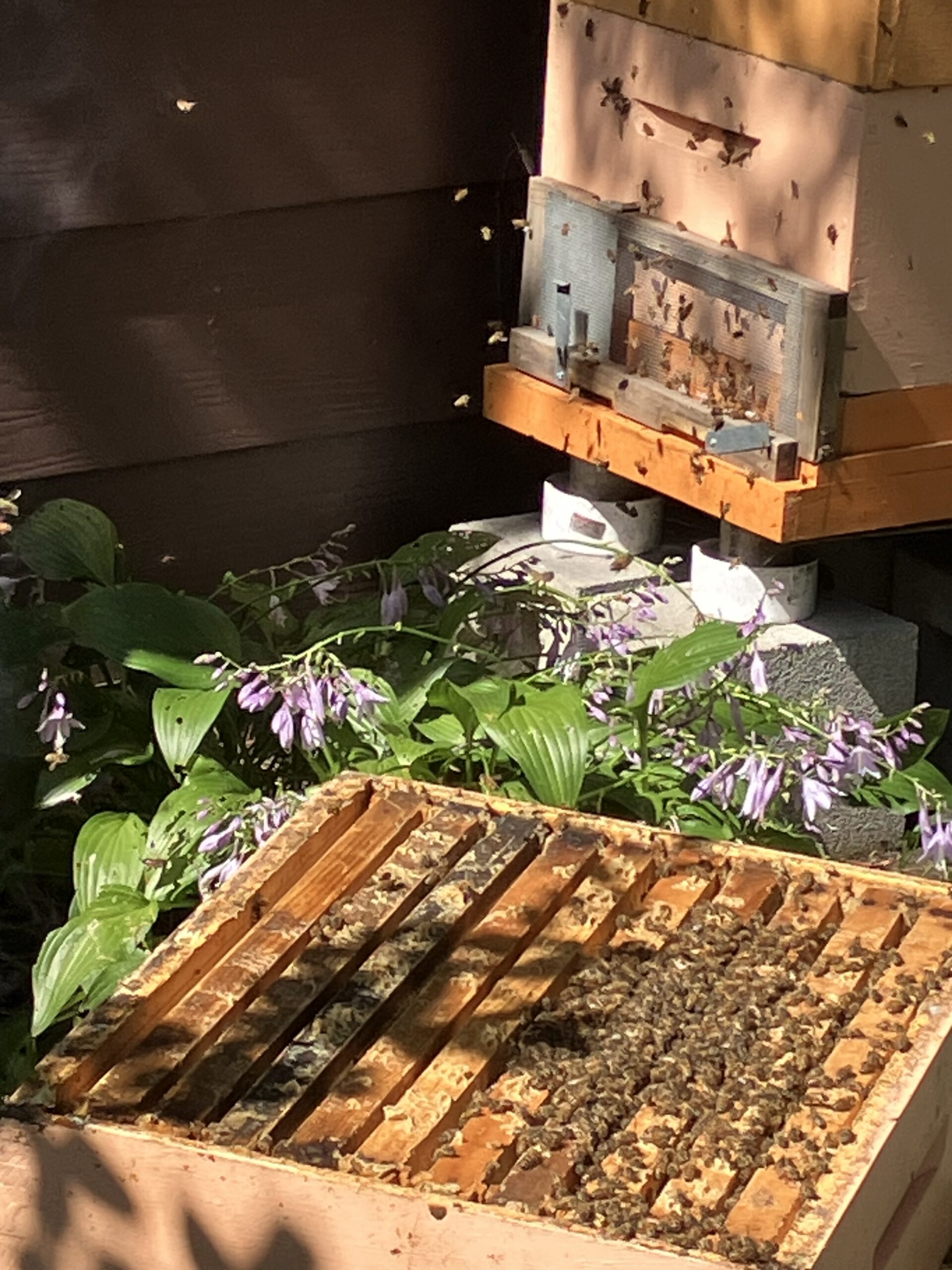Evanston Public Library statement acknowledges land’s indigenous history
Statements should be a start for further work with the Indigenous community: Mitchell Museum director
By Bob Seidenberg
Evanston Public Library officials led off their regular Board meeting at the main library Nov. 16 with a reading of a Land Acknowledgment statement, recognizing that Evanston and the Library facilities reside on the land of Indigenous people.
The reading was the first for the library. In March 2021, School District 65 approved a Land Acknowledgment statement and it has been a part of the district’s public meetings ever since, said Melisssa Messinger, the school’s executive director of communications.
Northwestern University, meanwhile, has had one it’s website since 2018.
Library trustees had approved at their October meeting that the statement be added to the library’s website, EPL.org, and that a shortened of the Land Acknowledgement be read aloud before EPL events.
Anthony Michael Tamez, a First Nations Oji-Cree and the current Youth Chairman of the Center for Native American Youths’s Advisor, was to make the first reading of the Land Acknowledgement statement at the Nov. 16 meeting.
He had to pull out, though, because of a delay at the airport on his way back from a meeting at the White House as part of their Native American Heritage Month celebration, announced interim Executive Library Director Heather Norborg, at the meeting, which was held virtual and also in a room on the 3rd floor of the library.
Joyce Bean-Miller, a co-chair of the library’s Racial Equity Task Force, and of African-American and Native American heritage, with her grandmother on her mother’s side part of the Mvskoke-Creek tribal nation was then asked to make the first reading.
Here is the statement:
Before colonization and settlement by people of European descent, the place we know as Evanston was home to the Potawatomi, Odawa and Ojibwe Tribes, also known as the Council of the Three Fires. It also served as an important crossroads and meeting place for a number of other Indigenous tribal nations, including the Ho-Chunk, Illinois, Inoka, Kickapoo, Miami, Menominee, Peoria, and Sac & Fox Nations. We acknowledge and honor the original people of this land, as well as the Indigenous people that still call this area home, and support their continued work for justice, self-determination, and sovereignty. In so doing, we honor Indigenous protocol, and remind ourselves and our community that land acknowledgements do not exist in the past tense.
After the reading, interim Executive Library Director Norborg paid special credit “to our internal Equity, Diversity and Inclusion committee members and thanks to Jasmine Gurneau (Oneida/Menominee), the Director of Native American and Indigenous Affairs in the Office of Institutional Diversity and Inclusion at Northwestern University, who reviewed and advised us on the Land Acknowledgement.
Land Acknowledgement ‘a starting point for collaboration’: Mitchell Museum executive director
Land Acknowledgment statements “can be good starts” if they also reflect forward, said Kim Vigue, executive director of Evanston’s Mitchell Museum of the American Indian located at 3001 Central St., in Evanston. Vigue is an enrolled member of the Oneida Nation and a descendant of the Menominee Tribe of Wisconsin.
“They’re not viewed favorably or they’re seen as a little disingenuous if they don’t serve as a springboard to collaboration or further support or work with the indigenous community,” she said in a phone interview.
“I always remind people that land acknowledgments should never be written in the past tense. They tend to be — a lot of times, I think, unknowingly — people write them in the past tense. But by doing that you’re sort of perpetuating this idea that Indigenous people don’t exist anymore.
“And so the purpose of land acknowledgment is to acknowledge what happened truthfully, like about removal and displacement…then acknowledging the communities today, and kind of honoring their survival and resilience at the same time.”
Statements run the gamut
She said a growing number of organizations have drawn up Land Acknowledgment statements, turning to the museum to help them review or verify the information and also asking for ways to continue or start working with the surrounding native communities.
The statements can run the gamut, she said, with people sometimes compiling merely “a list of who was here. And then others that are more comprehensive land acknowledgments that will say, “why are they no longer here or why was there no federal reservations or native lands here and really truthfully saying that their (indigenous tribes) land was stolen and (they) were forcibly removed,” she said.
Today, she said, “there are over 100,000 Native people in the region and they represent over 150 tribes across the U.S. and Canada. And that’s important to acknowledge and to state so that people know we’re still here.
“I like to see that,” she said, “it’s very important for me and I think for most native people, especially if you’re working within native communities, that people understand that we’re still here and then really thriving, (and) contribute to the larger community.”
“A land acknowledgment should also also serve as a starting point for collaboration with the Native community,” she said, “getting to know and working with the Native community that the organization’s land is on,” she said.
Mitchell Museum is scheduled to mark its 45th anniversary at a special event this Saturday. For more information, visit mitchellmuseum.org
Sent from my iPad




